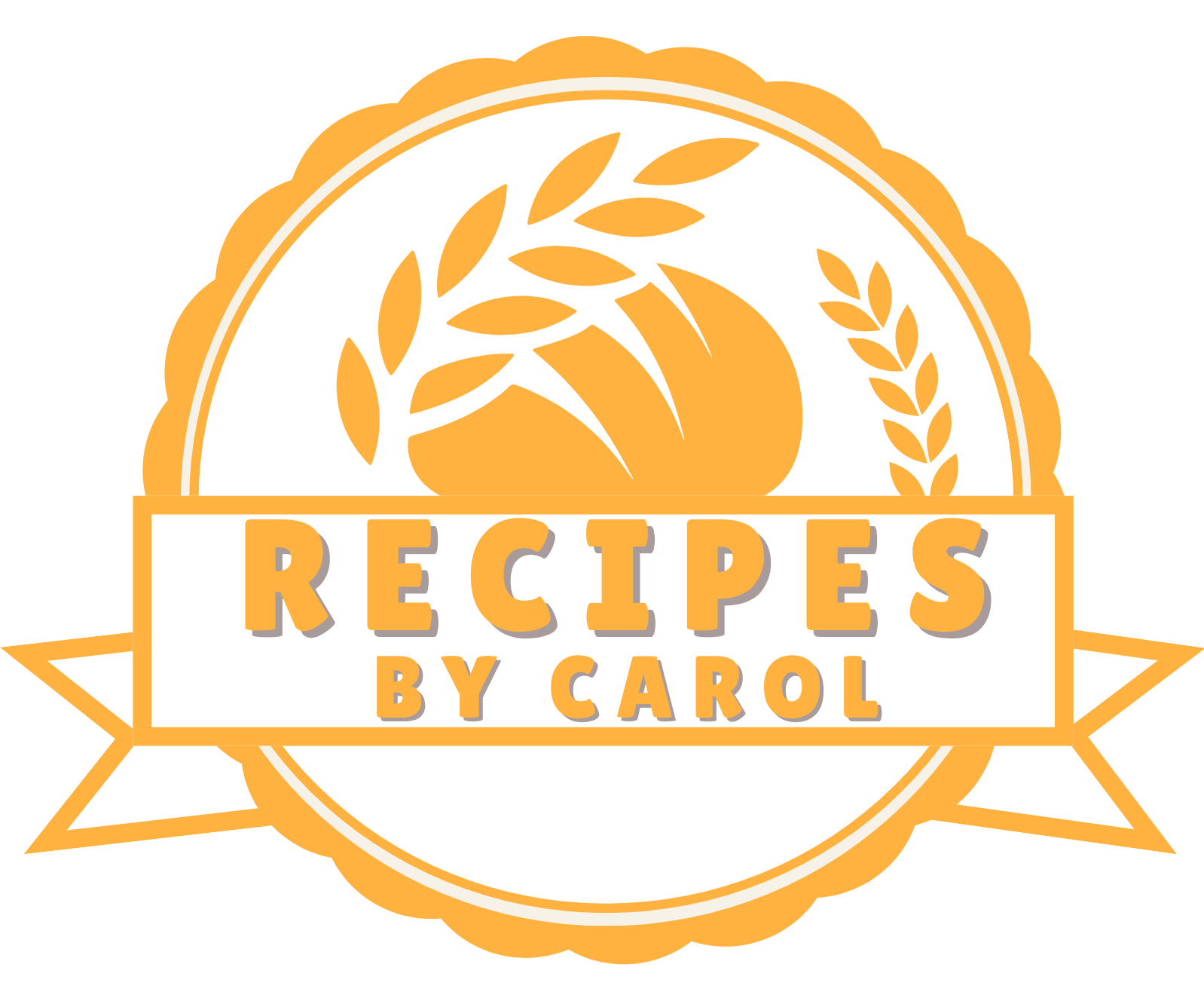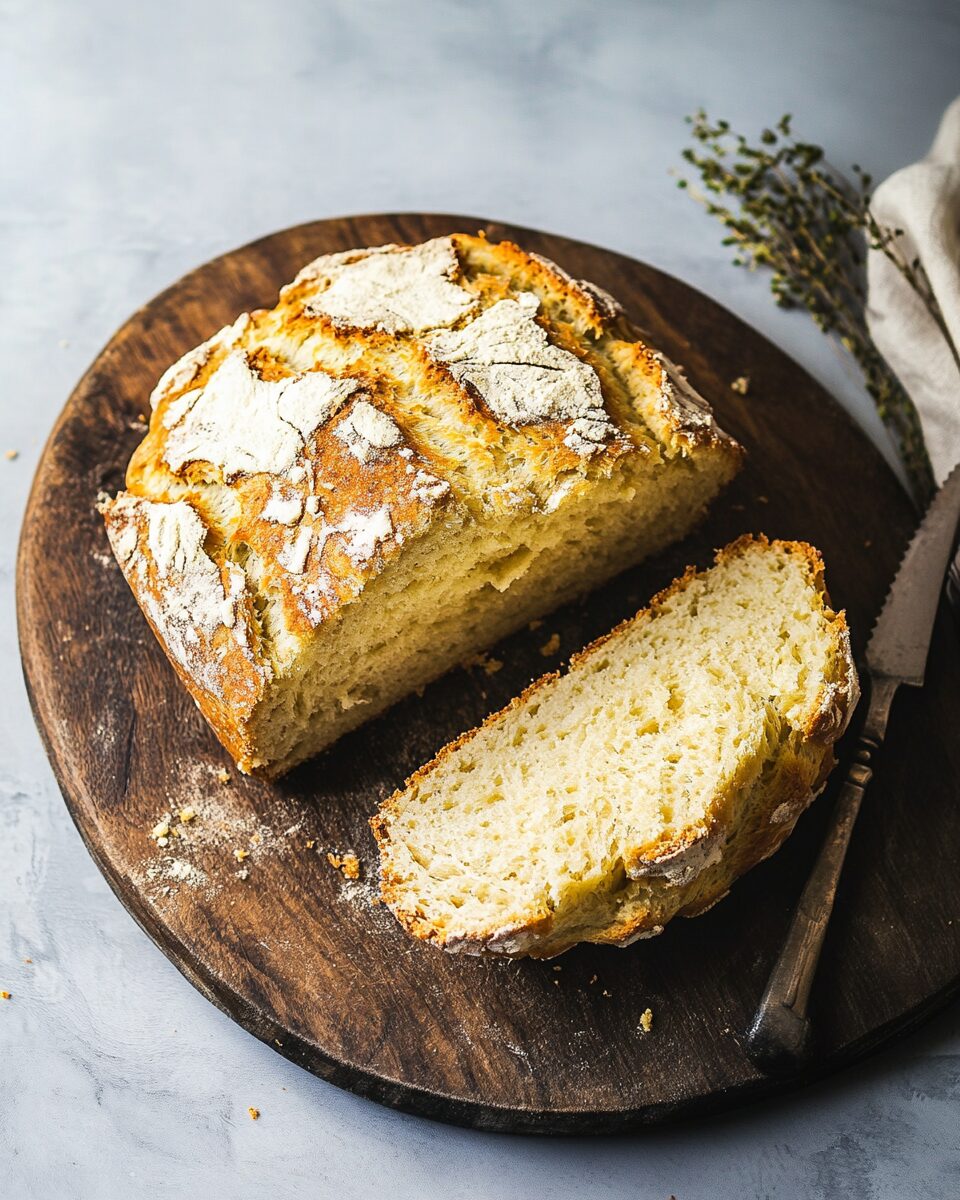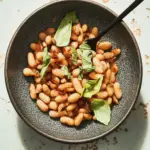Irish Soda Bread is a simple yet delightful no-yeast bread that has been a staple in Irish kitchens for centuries. The magic of this bread lies in its simplicity just a handful of ingredients come together to create a perfectly golden, rustic loaf with a crisp crust and soft, fluffy interior. Traditionally served with butter and jam, it pairs beautifully with soups, stews, or a warm cup of tea.
One of the best things about Irish Soda Bread is its adaptability. You can enjoy it plain, add raisins for a touch of sweetness, or mix in seeds for extra texture. Whether you’re baking for a St. Patrick’s Day celebration or just craving homemade bread, this easy, foolproof recipe is a must-try for any home baker.
Full Recipe:
Ingredients:
- 4 cups all-purpose flour
- 1 teaspoon baking soda
- 1 teaspoon salt
- 1 ¾ cups buttermilk
Directions:
- Preheat your oven to 425°F (218°C). Line a baking sheet with parchment paper or lightly grease a cast iron skillet.
- In a large mixing bowl, whisk together the flour, baking soda, and salt.
- Gradually add the buttermilk, stirring gently with a wooden spoon until a shaggy dough forms.
- Turn the dough onto a floured surface and knead lightly just until it comes together—avoid over-kneading.
- Shape the dough into a round loaf and place it on the prepared baking sheet or skillet.
- Use a sharp knife to cut a deep cross (X) on top of the dough to help it bake evenly.
- Bake for 30-35 minutes or until the crust is golden brown and the bread sounds hollow when tapped on the bottom.
- Let it cool on a wire rack before slicing. Serve warm with butter or jam.
Prep Time: 10 minutes | Cooking Time: 35 minutes | Total Time: 45 minutes
Kcal: 180 kcal per slice | Servings: 8 slices
Traditional Irish Soda Bread: A Timeless Classic
Irish Soda Bread is a cherished staple in Irish cuisine, known for its simplicity, rich history, and distinctive flavor. This traditional bread, made with basic pantry staples like flour, baking soda, buttermilk, and salt, holds a special place in many households, especially during St. Patrick’s Day celebrations. Unlike yeast based bread, which requires time to rise, soda bread relies on the reaction between baking soda and buttermilk to create its signature airy texture. This unique method of leavening gives the bread its characteristic crusty exterior and tender, dense interior.
The History of Irish Soda Bread
The origins of Irish Soda Bread trace back to the 19th century when baking soda (bicarbonate of soda) was introduced to Ireland as a new leavening agent. Traditional yeast was often difficult to store and maintain, making it challenging for households to bake fresh bread regularly. Instead, Irish families turned to baking soda, which, when combined with buttermilk, caused a chemical reaction that produced carbon dioxide, leading to the bread’s rise. This discovery revolutionized baking in Ireland, making it easier and more accessible for families to prepare fresh bread at home.
Historically, soda bread was considered peasant food, as it required only a few affordable ingredients. It was commonly baked in a bastible a cast-iron pot placed over an open fire which allowed for even cooking. Many families developed their own unique variations, adding ingredients such as raisins, caraway seeds, or even oats. Some variations include a cross cut into the top of the bread before baking, a practice believed to ward off evil spirits and bless the household.
Why Irish Soda Bread Is Unique
One of the reasons Irish Soda Bread remains so popular today is its distinctive texture and flavor. The use of buttermilk gives the bread a slightly tangy taste, while baking soda ensures a light and tender crumb. Unlike yeast-based breads, soda bread does not require extensive kneading or proofing time, making it an ideal choice for quick and easy homemade baking.
Another unique aspect of Irish Soda Bread is its versatility. The traditional recipe can be adapted to include a variety of add-ins, such as dried fruits, nuts, and herbs, making it suitable for both sweet and savory variations. Whether enjoyed with a spread of butter and jam or paired with hearty stews and soups, soda bread complements a wide range of meals.
Variations of Irish Soda Bread
Over time, different regions in Ireland have developed their own distinct versions of soda bread. Some of the most popular variations include:
-
Brown Soda Bread – Made with whole wheat flour, this version is denser and more nutritious than the classic white soda bread. It is often enjoyed with soups and stews.
-
Spotted Dog – A sweeter variation that includes raisins or currants, giving it a slightly fruity flavor. This version is commonly served as a tea-time treat.
-
Farls – Unlike traditional round loaves, soda bread farls are cooked on a griddle and cut into triangular pieces. This variation is commonly found in Northern Ireland and is often served as part of an Irish breakfast.
-
Soda Bread with Seeds and Nuts – A more modern take on the classic recipe, this version includes sunflower seeds, flaxseeds, or chopped nuts for added texture and flavor.
-
Cheesy Herb Soda Bread – By incorporating shredded cheese and fresh herbs such as rosemary or thyme, this variation creates a more savory, flavorful loaf.
Tips for Making the Perfect Irish Soda Bread
Making Irish Soda Bread is relatively simple, but there are a few key tips to ensure the best results:
- Use Fresh Baking Soda: Since baking soda is the primary leavening agent, it’s essential to use fresh baking soda to achieve the best rise. If it’s expired, the bread may turn out dense and heavy.
- Don’t Overmix the Dough: Overworking the dough can lead to a tough texture. It’s best to mix the ingredients just until they come together.
- Handle the Dough Gently: Soda bread dough is delicate, so avoid excessive kneading. A light touch will help keep the texture soft.
- Use Buttermilk for Authentic Flavor: The acidity in buttermilk reacts with the baking soda to create the bread’s signature rise. If you don’t have buttermilk, you can make a substitute by mixing regular milk with a tablespoon of vinegar or lemon juice.
- Make a Cross on Top: Cutting a cross into the dough before baking not only has historical significance but also allows the heat to penetrate the loaf more evenly.
Serving Suggestions for Irish Soda Bread
Irish Soda Bread is incredibly versatile and can be enjoyed in many ways. Some of the best serving suggestions include:
- With Butter and Jam: Spread warm slices of soda bread with butter and jam for a simple yet delicious treat.
- Alongside Soups and Stews: The hearty texture of soda bread makes it the perfect companion to thick, comforting soups and stews.
- Toasted with Honey: Toasted soda bread with a drizzle of honey is a great way to enjoy its slightly tangy flavor.
- With Smoked Salmon and Cream Cheese: A more modern pairing, this combination adds a gourmet touch to traditional soda bread.
- With a Cup of Tea: In Ireland, soda bread is often served as part of an afternoon tea spread, paired with a warm cup of Irish tea.
The Cultural Significance of Irish Soda Bread
Beyond its role as a simple homemade bread, Irish Soda Bread holds deep cultural significance in Ireland. It represents a link to the country’s history, symbolizing resilience and resourcefulness. For many Irish families, baking soda bread is a cherished tradition passed down through generations, with each family having its own special recipe.
Irish Soda Bread is also a staple during St. Patrick’s Day celebrations, enjoyed by people around the world as they pay tribute to Irish heritage. Whether baked at home or purchased from bakeries, this bread serves as a delicious reminder of Ireland’s culinary legacy.
Conclusion
Irish Soda Bread is more than just a simple bread recipe it’s a symbol of Irish tradition, history, and hospitality. With its humble origins, unique texture, and versatility, it continues to be a beloved staple in kitchens worldwide. Whether you prefer the classic version or a more modern variation, making Irish Soda Bread at home is a rewarding experience that connects you to a centuries-old tradition.
Whether you’re celebrating St. Patrick’s Day, enjoying a comforting meal, or simply exploring Irish cuisine, Irish Soda Bread is a timeless favorite that will always have a place at the table.






